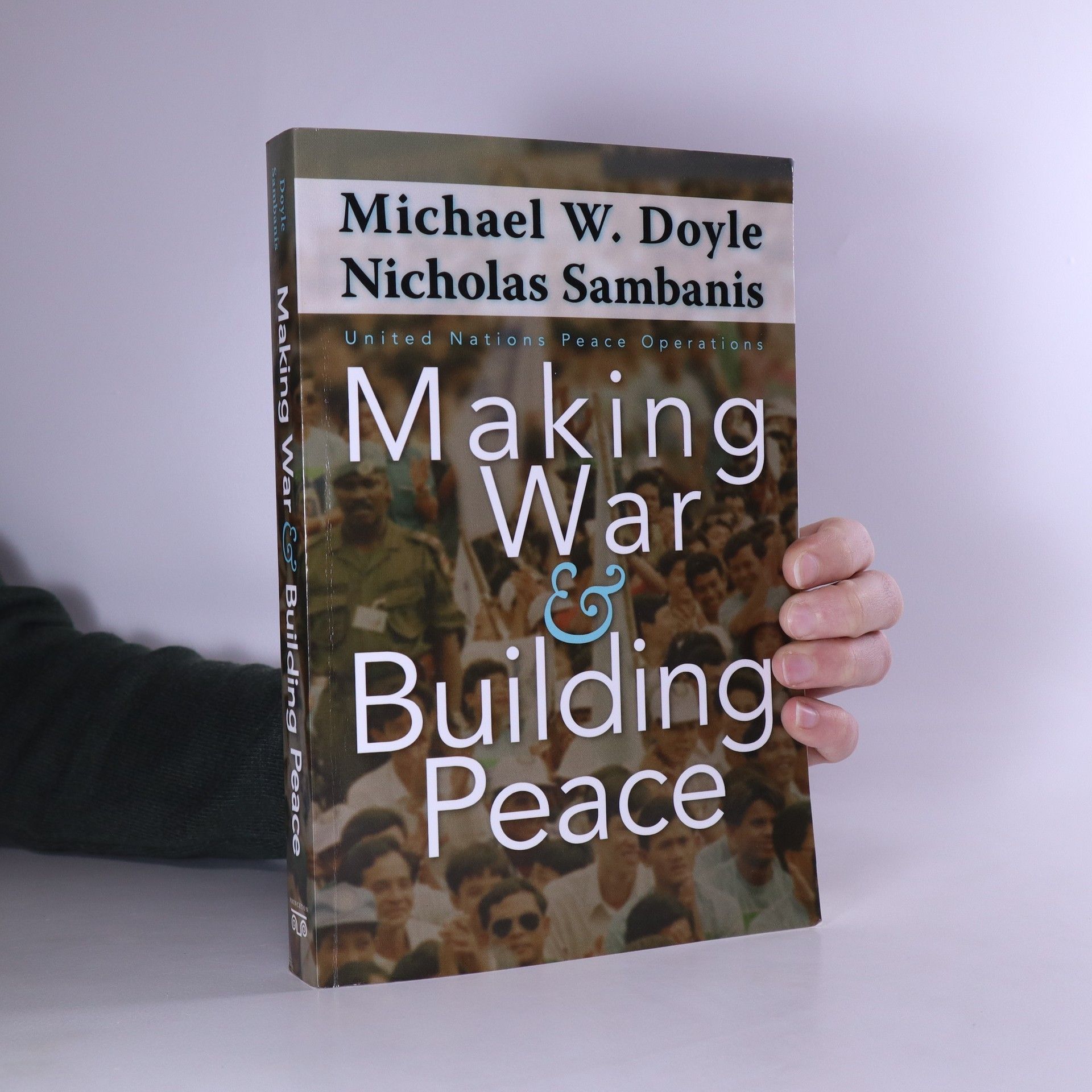Making War and Building Peace examines how well United Nations peacekeeping missions work after civil war. Statistically analyzing all civil wars since 1945, the book compares peace processes that had UN involvement to those that didn't. Michael Doyle and Nicholas Sambanis argue that each mission must be designed to fit the conflict, with the right authority and adequate resources. UN missions can be effective by supporting new actors committed to the peace, building governing institutions, and monitoring and policing implementation of peace settlements. But the UN is not good at intervening in ongoing wars. If the conflict is controlled by spoilers or if the parties are not ready to make peace, the UN cannot play an effective enforcement role. It can, however, offer its technical expertise in multidimensional peacekeeping operations that follow enforcement missions undertaken by states or regional organizations such as NATO. Finding that UN missions are most effective in the first few years after the end of war, and that economic development is the best way to decrease the risk of new fighting in the long run, the authors also argue that the UN's role in launching development projects after civil war should be expanded.
Nicholas Sambanis Knihy


"As migration to Europe has increased, so too has discrimination again immigrant populations. Countries across the EU have supported and instituted policies to force assimilation as part of a larger regional fear that immigration from Muslim majority cultures, especially, will threaten Europeans' national identities and increase the risk of radicalization. The common wisdom has been that immigrants must change their appearance, their religion, or their language in an attempt to "pass" as members of the majority. Through a series of innovative field experiments, the authors show that assimilationist strategies are not the only or even the best way to reduce biases: rather, discrimination is reduced when immigrants and natives share social norms that define a common identity as citizens. The core of the empirical work was done in a series of extensive, multi-year experiments in Germany--an ideal site for this work given its large immigrant population and its clearly defined cultural norms. The work showed both what animated discriminatory attitudes (cultural differences, and religious differences in particular), how this animus played out in everyday interactions (a disinclination to offer assistance to immigrant minorities, and religious Muslim immigrants in particular), and what behaviors reduce discrimination. They find--going against much conventional and even scholarly wisdom--that immigrants speaking German face as much discrimination as those using a foreign language. On the other hand, immigrants that uphold social norms (anti-littering or a progressive attitude towards women, for instance) see decreased discrimination. Ultimately, the authors offer a meticulously researched picture of what modern discrimination looks like, how it can be reduced, and the continued burden that immigrants face"-- Provided by publisher